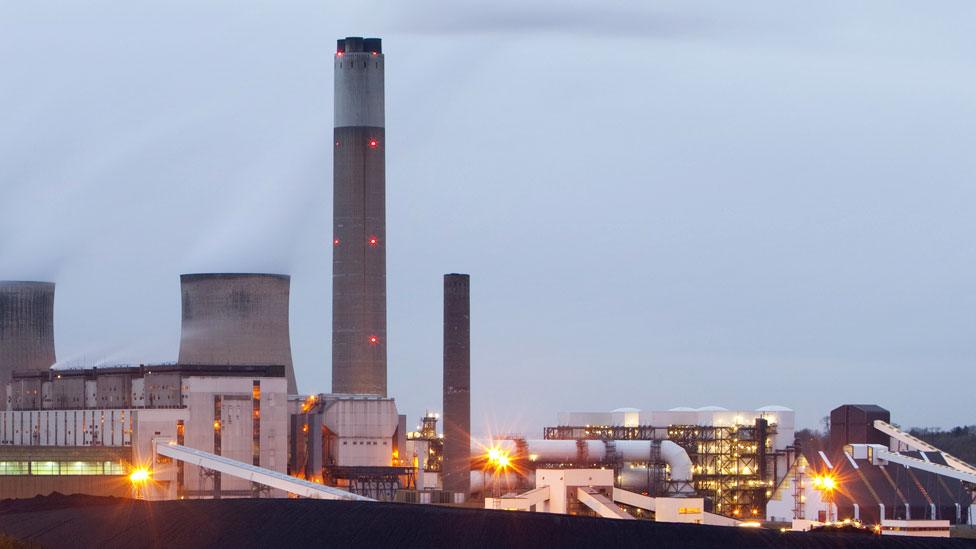Calls to protect saltmarshes as vital carbon stores
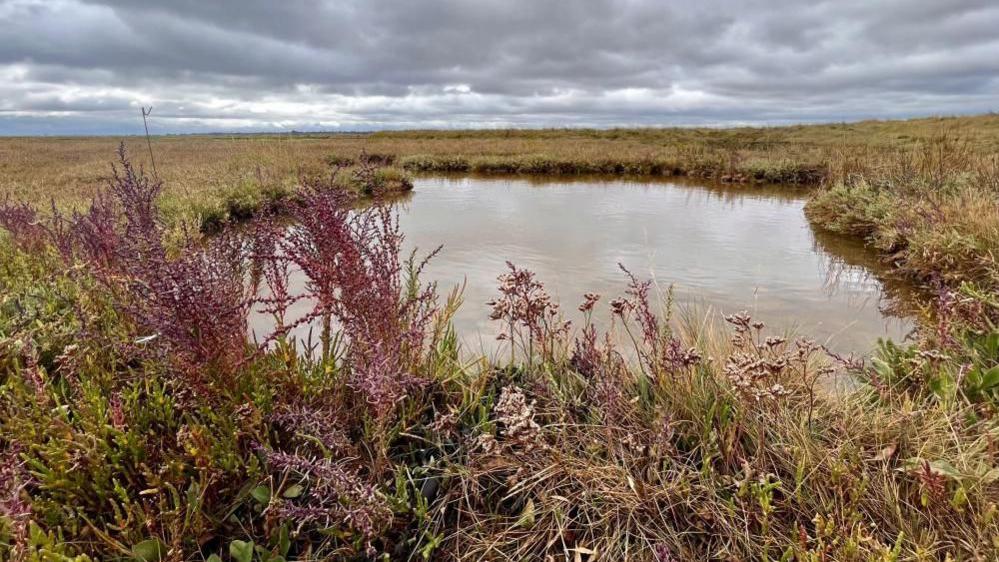
Abbotts Hall nature reserve in Colchester, Essex
- Published
A scheme to create a saltmarsh habitat more than 20 years ago is playing an important role today in protecting vital carbon stores.
The "managed realignment" programme at Abbotts Hall, on the Blackwater Estuary near Colchester, saw old sea walls breached in five spots along a 3km (1.9 mile) stretch in 2002 to create nearly 50 hectares of saltmarsh and intertidal habitat.
Conservationists warn that action is needed to protect and restore saltmarshes, as part of efforts to tackle the climate crisis.
Adam Nixon, coastal ranger at Essex Wildlife Trust (EWT), told the BBC the county was "blessed with lots of saltmarshes, but they are under threat".
He warned that 85% of the UK's saltmarshes have been lost since the mid 1800s.
"It’s estimated that every year the seabed and saltmarshes store around 13 million tonnes of carbon, it’s almost three times more than our terrestrial land forests," he said.
"Releasing this carbon would speed up the global warming process."
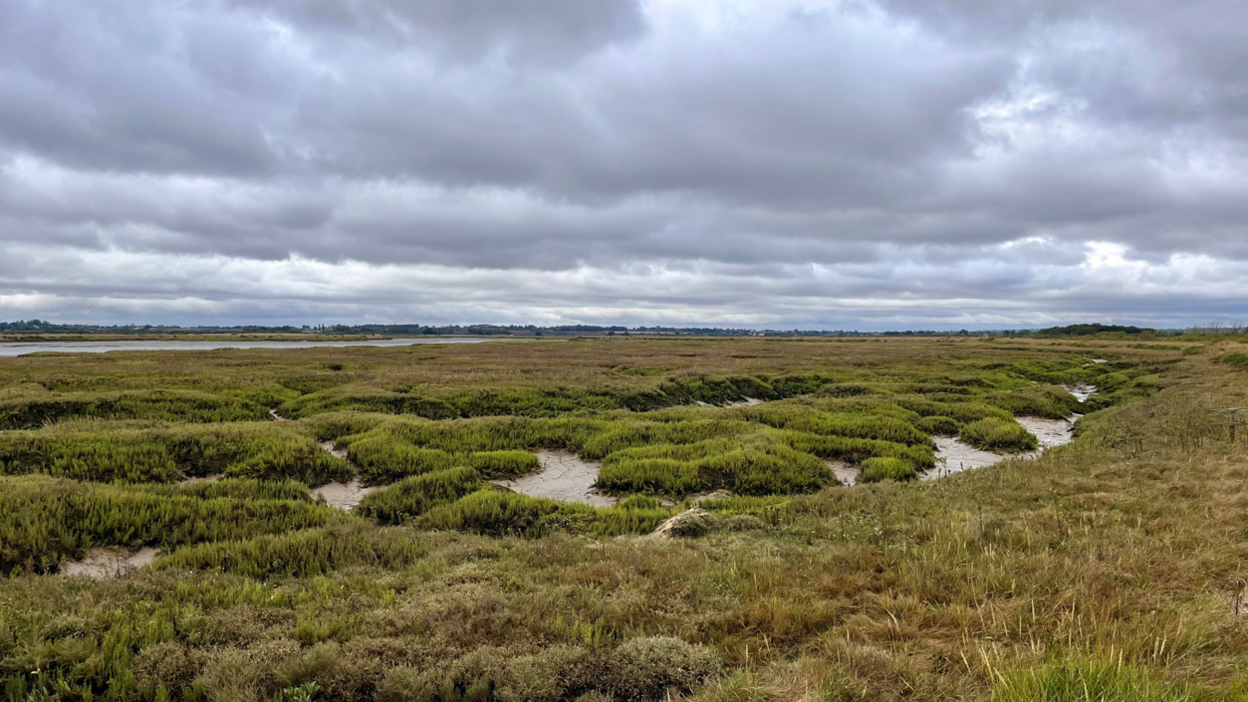
The saltmarshes at Abbotts Hall have attracted a host of plant and animal life back
The scheme at Abbotts Hall also created 35 hectares of coastal grassland and other habitats including a freshwater lake.
At the edge of the new habitat, debris of crab shells lie at the highwater mark, while nearer the estuary, the ground is bright green with samphire, a red-listed lapwing flies overhead and a little egret stalks through the saltmarsh.
Plants such as sea aster, glasswort, sea lavender and golden samphire have recolonised the former fields, while nationally scarce shrubby sea blite grows in a raised area of the low-lying land.
Fish surveys show the water channels and pools in the saltmarsh playing host to species including juvenile European bass, grey mullet and common goby.
Birds including marsh harrier, brent geese, shoveler, teal, redshank and short-eared owls have all been recorded in the restored saltmarsh and intertidal habitats.
'Last wilderness habitats'
Rachel Langley, head of marine and coastal recovery at EWT, said saltmarshes were "key blue carbon habitats" which in turn "supports biodiversity of wider species such as wildfowl and waders".
"Saltmarsh provides shelter and a feeding ground for young fish species, and also provides benefits in terms of flood alleviation for communities and terrestrial habitats along the coast," she said.
She said saltmarshes had a value to people as "one of our last wilderness habitats in the UK".
"You've got the moody estuaries and that feeling, it can be quiet or you just hear the odd curlew sound in the winter, it is really evocative and you can really feel that connection to nature," she said.
She pointed to the smells of the estuary, the changing colour of the plants and the birdlife throughout the year, and the mystery of not being able to see into the water, but imagining the "ecosystem bubbling away under the serene marsh".
"I think it's really quite special," she said, adding: "Standing on a marsh is completely different to a feeling you get anywhere else."
Many of these figures have come from the newly published Blue Carbon Mapping Project, external - by a coalition of nature charities - which is providing the first estimate of carbon stored in UK seabed habitats.
Essex saltmarshes ‘need protecting’
- Attribution
Follow Essex news on BBC Sounds, Facebook, external, Instagram, external and X, external.
- Published19 September 2024
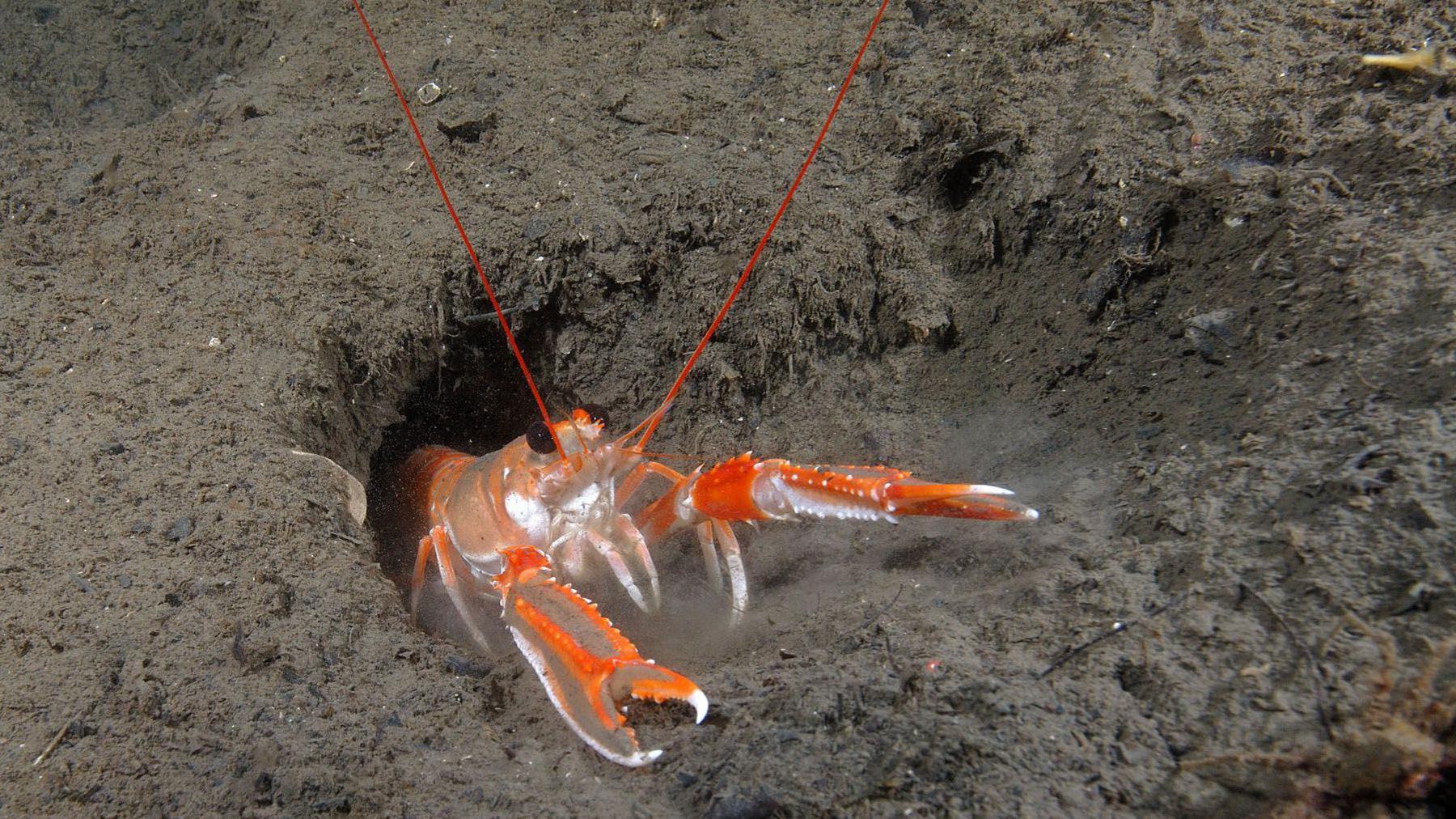
- Published11 November 2021
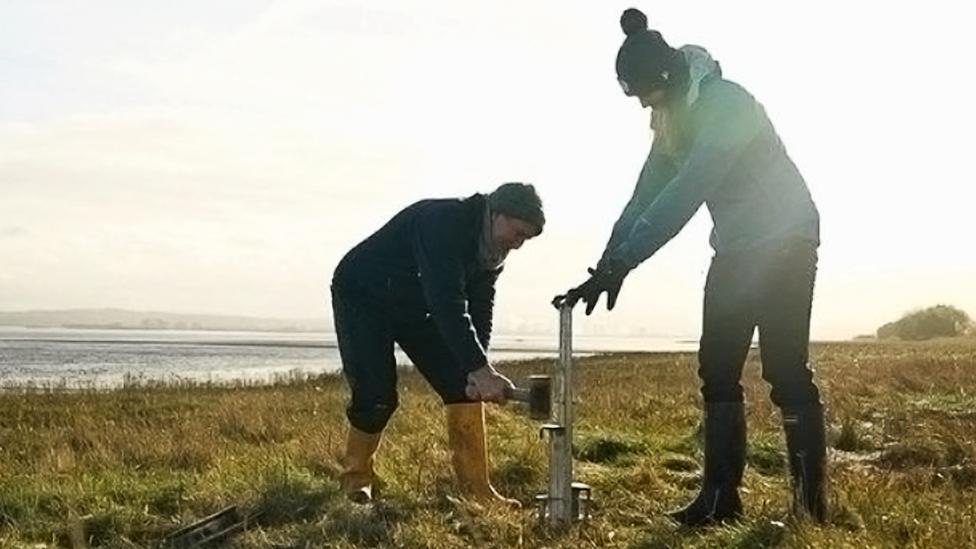
- Published11 December 2023
